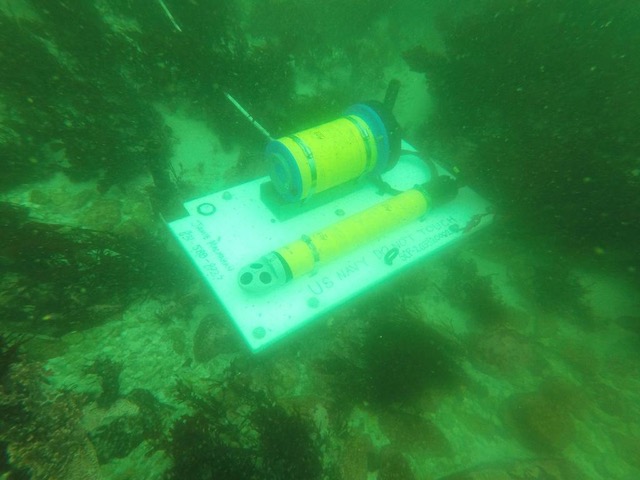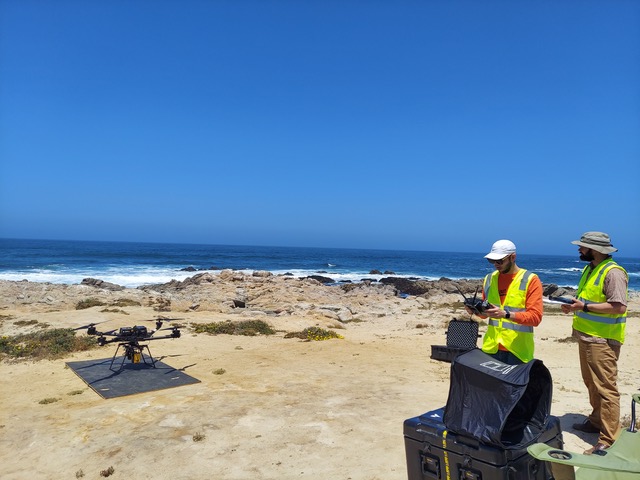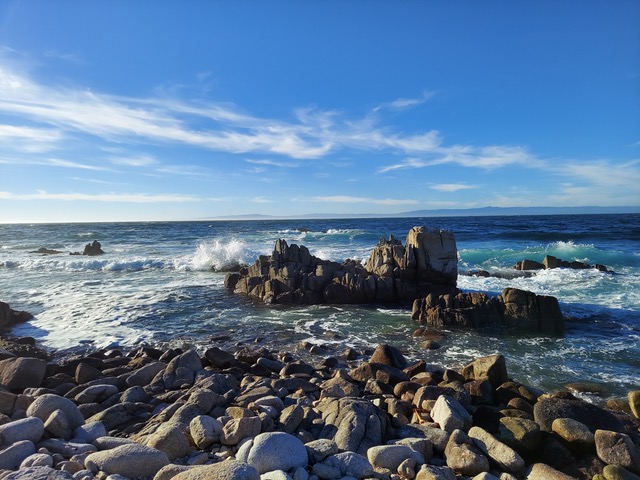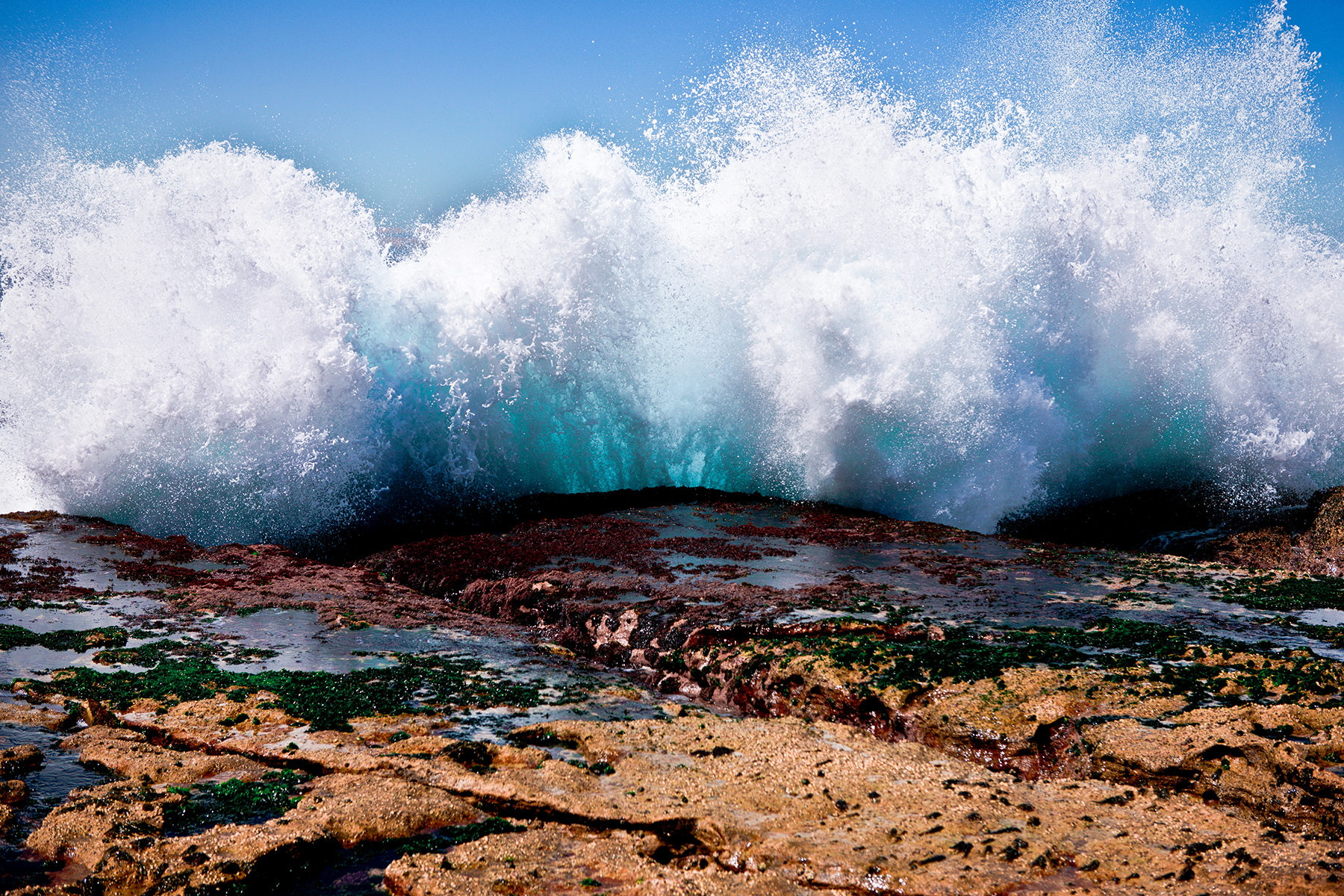Cate Gregory, SDSC Communications, contributed to this story

University of North Carolina Wilmington (UNCW) Assistant Professor of Physics and Physical Oceanography Sutara (Ata) Suanda recently led a team that utilized ACCESS allocations on DARWIN (Delaware Advanced Research Workforce and Innovation Network) at the University of Delaware Data Science Institute to perform simulations to study ocean current and mixing processes generated by waves alongside rocky beaches. Their work, which ultimately helps predict rocky coastal dynamics, was recently presented during the Coastal Ocean Physics and its Connections to Marine Ecosystems session at the Gordon Research Conference on Coastal Ocean Dynamics.
“Compared to commonly studied sandy shores, the ocean waves and currents on rocky beaches can be dramatically different due to the differing rock sizes and how they interact with the sea floor in distinct ways,” Suanda explained. “Although 75 percent of our shores are classified as rocky, measurements on sandy beaches currently form the basis of implementation for wave dissipation in numerical wave models, which means that modeled ocean currents and mixing processes generated by waves are directly linked to sandy beach measurements.”

Principal Investigator Greg Wilson and Oregon State University postdoctoral researcher Matt Conlin prepare a drone flight to collect high-resolution measurements with a drone-based LIDAR. The team combines the drone data with in-water sensor data utilizing ACCESS allocations on DARWIN at the University of Delaware.
Credit: Ata Suanda, UNCW
To better understand rocky shorelines, Suanda and the research team – including several observational scientists and two UNCW undergraduate students – collected measurements using drones, satellites and sensors. This wide array of both airborne and in-water tools allowed the researchers to compare and adjust the standard numerical wave models to better represent the rocky seabed. Suanda said that the team also utilized literature and modeling methods from the coral reef research community to apply similar methodologies to rocky shores.
UNC Wilmington is an R2 university without an HPC cluster to perform computations, which is required by my work that involves running many instances of coupled wave/current simulations. ACCESS allocations on DARWIN at the University of Delaware are invaluable as they allow our team to better predict coastal dynamics through complex numerical models.
–Ata Suanda, University of North Carolina Wilmington
“Understanding wave dissipation will help us create more accurate modeling of rocky shores and better predict coastal dynamics and therefore more accurate surfing forecasts, search-and-rescue operations, and plans for coastal flooding and erosion during storms,” Suanda said. “Because many simultaneous physical processes are acting in the coastal zone – waves, tides, winds, etc. – I think of constructing a useful coastal numerical model as similar to cooking a stew: many ingredients have to be balanced and plenty of tinkering is required.”
Two UNC Wilmington students worked on a rocky coastal dynamics project at China Rock, a field site near Monterey, California. Using ACCESS allocations on DARWIN, they focused their studies on processing a high-resolution ocean bathymetry dataset and an empirical model of wave dissipation by bottom friction. They presented their work at local UNCW forums.
Credit: Ata Suanda, UNCW

While Suanda said their newly proposed representation of rocky seabed wave dissipation is currently based on a fairly narrow range of wave conditions around Monterey, California, their upcoming work will possibly encompass a similar Caribbean coastal environment with rocky shores.
“We are looking forward to applying for an extension of the ACCESS allocation and continuing to test wave-current simulations over more variable rocky environments,” Suanda said.
Funding for computational work was provided by ACCESS grant no. EES210028.
Project Details
Resource Provider Institution(s): University of Delaware (DARWIN)
Affiliations: University of North Carolina Wilmington
Funding Agency: NSF
Grant or Allocation Number(s): EES210028
The science story featured here was enabled by the ACCESS program, which is supported by National Science Foundation grants #2138259, #2138286, #2138307, #2137603, and #2138296.


